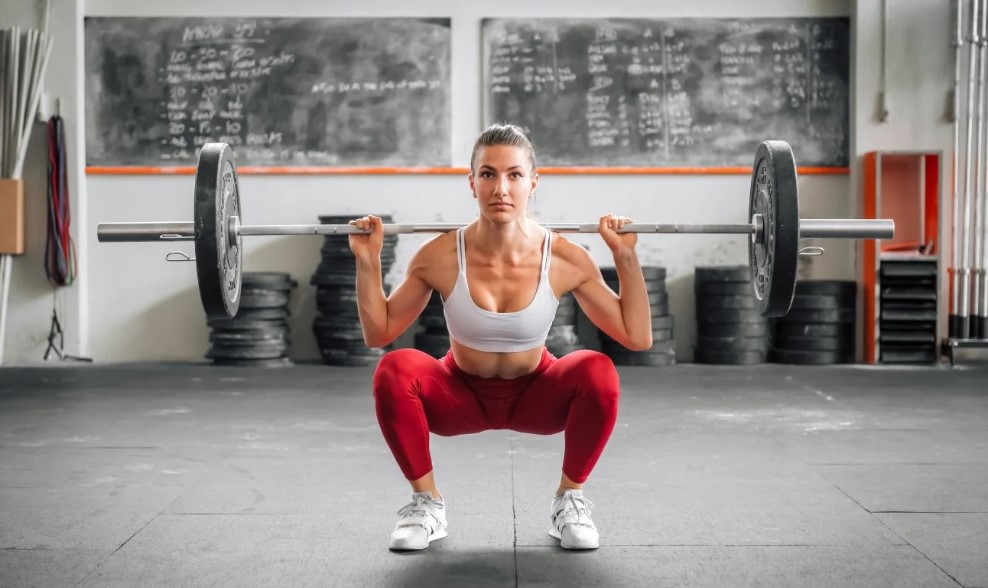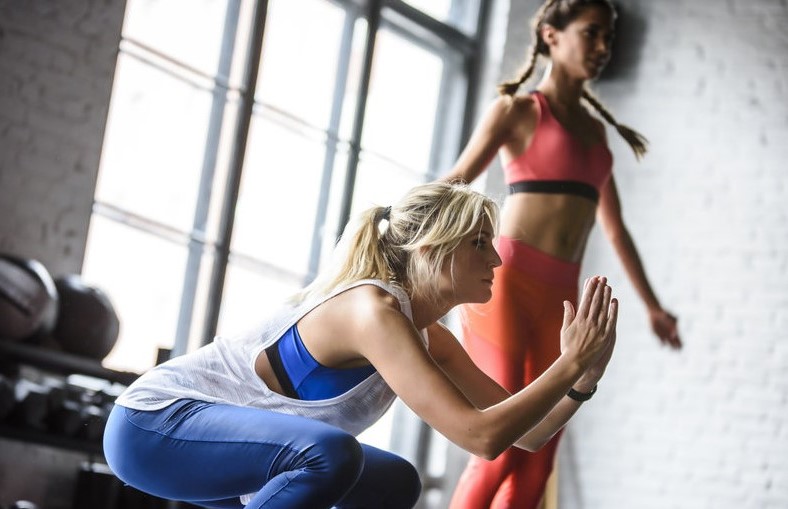Discover the secrets of building a bigger butt with Squat Science. Learn about the mechanics behind effective squats, training techniques, diet, and more for optimal results. Welcome to the world of Squat Science, where we unravel the secrets behind achieving a bigger, stronger, and more sculpted butt. Whether you're a fitness enthusiast or just starting on your fitness journey, understanding the mechanics of squats and how they contribute to a shapely derrière is essential.
The Importance of Squat Science
Squatting is not just a basic exercise; it's a comprehensive science that involves multiple muscle groups, proper form, and technique. Engaging in Squat Science allows you to maximize your results, minimize the risk of injuries, and gain a deeper understanding of your body's potential.
The Anatomy of Glute Muscles
Before diving into the mechanics of squats, let's familiarize ourselves with the key muscles involved in butt development. The gluteal muscles, including the gluteus maximus, gluteus medius, and gluteus minimus, play a vital role in shaping and supporting the buttocks.
Understanding the Mechanics of Squats
Squats target the gluteal muscles, quadriceps, hamstrings, and core. It's crucial to perform squats with proper form to ensure maximum muscle activation and prevent strain on other body parts. Here's a step-by-step guide to the perfect squat:
Stance and Positioning
Place your feet shoulder-width apart, toes slightly turned outward.
Keep your back straight, chest lifted, and shoulders relaxed.
Descending into the Squat
Initiate the movement by bending your knees and hips simultaneously.
Lower yourself as if you're sitting back into an imaginary chair.
Proper Depth
Aim for a 90-degree bend in your knees or slightly below parallel.
Avoid overextending your knees beyond your toes.
Ascending from the Squat
Push through your heels and engage your glutes as you return to the starting position.
Keep your core tight throughout the movement.
LSI Keyword: "Effective Squat Techniques"
Variations of Squats for Glute Activation
To optimize your glute development, it's essential to incorporate various squat variations into your workout routine. Here are some effective squat techniques for activating your glute muscles:
Sumo Squats
Take a wider stance than traditional squats with toes pointed outward.
This variation emphasizes the inner thighs and glutes.
Pulse Squats
Perform small pulses at the bottom of the squat to keep the muscles engaged.
This technique intensifies the burn in the glutes.
Split Squats
Step one foot forward and the other backward, maintaining balance.
This variation targets each leg individually, allowing for better glute isolation.
The Role of Diet in Glute Building
LSI Keyword: "Nutrition for a Bigger Butt"
A well-rounded approach to achieving a bigger butt involves not only targeted workouts but also a proper diet. Nutrition plays a vital role in muscle development and recovery. Here are some dietary tips to support your glute-building journey:
Protein Intake
Consume an adequate amount of protein to repair and grow muscles.
Sources include lean meats, eggs, legumes, and plant-based protein supplements.
Healthy Fats
Include healthy fats like avocados, nuts, and olive oil in your diet.
Fats are essential for hormone production and overall health.
Complex Carbohydrates
Fuel your workouts with complex carbs like whole grains and sweet potatoes.
Carbs provide the energy needed for intense squat sessions.
Common Mistakes to Avoid
Even with the best intentions, certain mistakes can hinder your progress. Here are some common squatting mistakes to avoid:
Incorrect Form
Rounding your back or leaning too far forward can strain your spine.
Always maintain a neutral spine and proper posture.
Overtraining
Overtraining can lead to burnout and injury.
Allow your muscles ample time to recover between squat sessions.
Neglecting Warm-ups
Skipping warm-up exercises can increase the risk of injury.
Warm up with dynamic movements before starting squats.
LSI Keyword: "Preventing Squat Injuries"
Frequently Asked Questions (FAQs):
What's the recommended frequency for squatting?
Aim to squat 2-3 times per week, allowing 48 hours of rest between sessions.
Can squats help reduce cellulite?
While squats can strengthen muscles and improve skin tone, they won't eliminate cellulite completely.
Are bodyweight squats effective?
Yes, bodyweight squats are an excellent way to begin your squatting journey and perfect your form.
Can squats be performed during pregnancy?
Always consult your healthcare provider before engaging in any new exercise routine during pregnancy.
Is it normal to feel sore after squats?
Yes, some soreness is normal, but severe pain may indicate incorrect form or overtraining.
Do squats make your thighs bigger?
Squats can increase muscle size, but they also burn fat, resulting in a toned appearance.
Conclusion
Squat Science is a powerful tool for anyone looking to achieve a bigger butt and overall lower body strength. Understanding the mechanics behind squats empowers you to make the most of your workouts and achieve optimal results. Remember to combine proper form, varied squat techniques, and a balanced diet to unlock your glute-building potential.
So, what are you waiting for? Get ready to squat your way to a firmer, more sculpted behind and embrace the transformation!



.png)








0 Comments:
Post a Comment